Unit 5. Automobile Design
I. Match the terms describing the appearance of a car.
1) windscreen/windshield; 2) windscreen/windshield wiper; 3) steering wheel; 4) bonnet/ hood; 5) grille; 6) bumper; 7) headlight; 8) rear light/tail light; 9) break light; 10) wheel; 11) tyre; 12) wing/fender; 13) wing mirror/side mirror; 14) rear view mirror; 15) aerial/antenna; 16) door lock; 17) side panel; 18) number plate/license; 19) petrol/gas tank flap; 20) boot/trunk; 21) trade mark/badge; 22) exhaust pipe
1) стеклоочиститель; 2) рулевое колесо; 3) колесо; 4) решетка радиатора; 5) выхлопная труба; 6) боковое зеркало; 7) фонарь заднего хода; 8) шина; 9) капот; 10) стоп-сигнал крыло; 11) зеркало заднего вида; 12) антенна; 13) стоп-сигнал; 14) передняя фара; 15) фирменный знак; 16) молдинг; 17) номерной знак; 18) крышка топливного бака; 19) багажник; 20) лобовое стекло; 21) дверной замок; 22) бампер
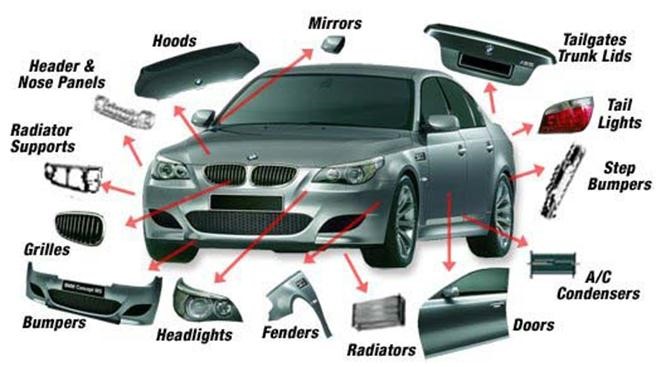
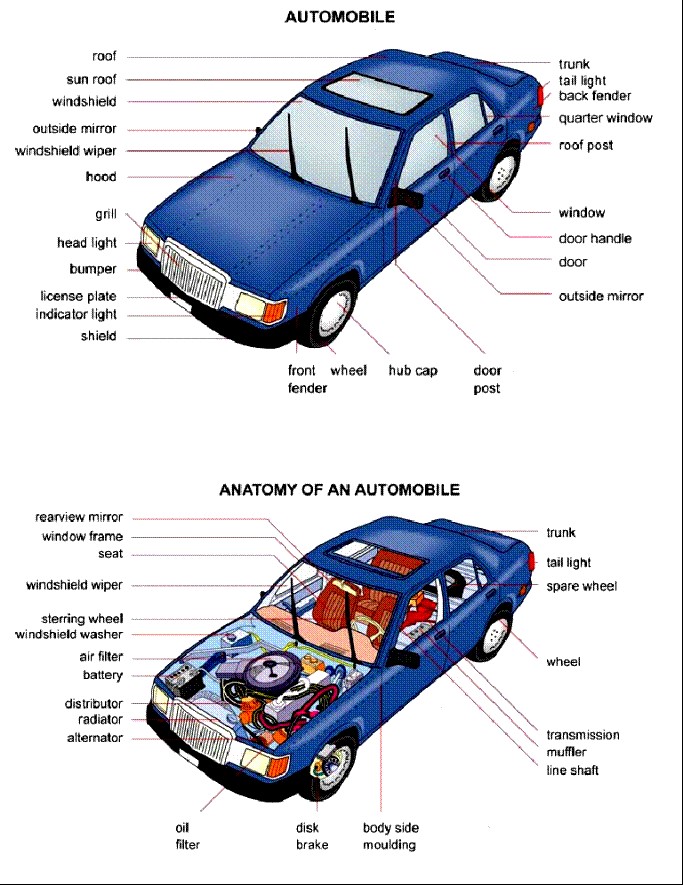
I. Read the text and say what terms “active” and “passive” safety mean.
Automobile safety is the study and practice of vehicle design, construction, and equipment to minimize the occurrence and consequences of automobile accidents. "Active safety" is the technology assisting in the prevention of a crash and "passive safety" to the components of the vehicle such as airbags, seatbelts and the physical structure of the vehicle that help to protect the occupants during a crash.
II. Read the text and memorize the vocabulary.
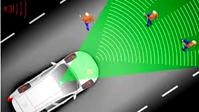 Crashworthy systems and devices prevent or reduce the severity of injuries when a crash is imminent or actually happening.
Crashworthy systems and devices prevent or reduce the severity of injuries when a crash is imminent or actually happening.
- Seatbelts prevent occupants being ejected from the vehicle.
- Airbags inflate to cushion the impact of a vehicle occupant with various parts of the vehicle's interior.
- Pedestrian protection systems.
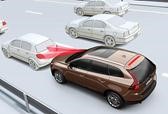 Crash avoidance systems and devices help the driver to avoid a collision. This category includes:
Crash avoidance systems and devices help the driver to avoid a collision. This category includes:
- The vehicle's headlamps, reflectors, and other lights and signals.
- The vehicle's mirrors.
- The vehicle's brakes, steering, and suspension systems.
Notes:
сrashworthiness, n. –стойкость конструкции к ударным нагрузкам
imminent, adj. – неминуемый
deceleration, n. – торможение
cushion the impact, v. – смягчать удар
pedestrian, n. – пешеход
Answer the following questions:
- What is automobile safety?
- What is the term "passive safety" used to refer to?
- What is the term "passive safety" used to refer to?
- What do systems and devices prevent?
- What systems and devices help the driver to avoid a collision?
III. Find the ending to these sentences.
1. Seatbelts limit … |
a) to be struck by the occupants during a crash. |
2. Airbags inflate … |
b) absorb and dissipate the force of a collision. |
3. Laminated windshields … |
c) remain in one piece when impacted. |
4. Padding of the instrument panel and other interior parts of the vehicle is likely… |
d) the forward motion of an occupant. |
5. Crumple zones … |
e) to cushion the impact of a vehicle occupant. |
IV. Before reading the text “Driver Assistance Systems” answer the questions.
- What do you know about driver assistance systems?
- What are these systems used for?
- What driver assistance systems do you know?
Driver Assistance Systems
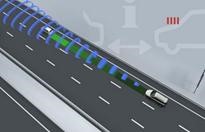
A subset of crash avoidance is driver assistance systems, which help the driver to detect ordinarily-hidden obstacles and to control the vehicle.
Driver assistance systems include:
- Automatic Braking systems to prevent or reduce the severity of collision.
- Infrared night vision systems to increase seeing distance beyond headlamp range.
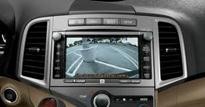 Adaptive headlamps control the direction and range of the headlight beams to light the driver's way through curves and maximize seeing distance without glaring other drivers
Adaptive headlamps control the direction and range of the headlight beams to light the driver's way through curves and maximize seeing distance without glaring other drivers
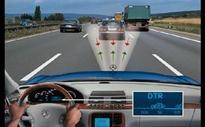 Reverse backup sensors, which alert drivers to difficult-to-see objects in their path when reversing.
Reverse backup sensors, which alert drivers to difficult-to-see objects in their path when reversing.
- Backup camera.
- Adaptive cruise control which maintains a safe distance from the vehicle in front.
- Lane departure warning systems to alert the driver of an unintended departure from the intended lane of travel.
- Tyre pressure monitoring systems (TPMS) or Deflation Detection Systems
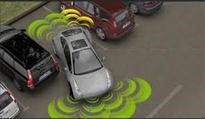 Traction control systems (TCS) which restore traction if driven wheels begin to spin.
Traction control systems (TCS) which restore traction if driven wheels begin to spin.
- Electronic Stability Control (ESC), which prevents loss of control.
- Anti-lock braking systems (ABS).
- Emergency brake assist systems.
- Cornering Brake Control (CBC) systems.
- Precrash system.
Notes:
assistance, adj. – вспомогательный
infrared, adj. –инфракрасный
beyond, adv. –на расстоянии
glare, v. – ярко светить
traction control, n. – управление курсовой устойчивостью
emergency, adj. – экстренный
VI. Read the text “Anti-Lock Braking System” and say what it is used for.
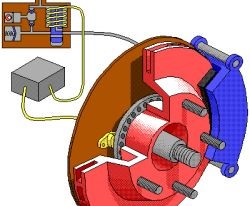
The anti-lock braking system(ABS) is a safety system that allows the wheels on a motor vehicle to continue interacting with the road surface while braking, preventing the wheels from locking up and therefore avoiding skidding.
Recent versions not only prevent wheel lock under braking, but also electronically control the front-to-rear brake bias. This function is known as electronic brake force distribution (EBD), the traction control system (TCS), emergency brake assist or electronic stability control (ESC).
The Traction Control System (TCS), also known as Anti-Slip Regulation (ASR), is typically a secondary function of the anti-lock braking system and it is designed to prevent loss of traction of the driven road wheels, and therefore maintain the control of the vehicle when the condition of the road surface is unable to cope with the torque applied.
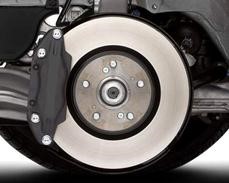
A typical ABS includes a central electronic control unit (ECU), four wheel speed sensors, and at least two hydraulic valves within the brake hydraulics. The ECU constantly monitors the rotational speed of each wheel; ifit detects a wheel rotating much slower than the others, it actuates the valves to reduce hydraulic pressure to the brake at the wheel, thus reducing the braking force on that wheel; the wheel then turns faster.
Conversely, if the ECU detects a wheel turning much faster than the others, brake hydraulic pressure to the wheel is increased so the braking force is reapplied, slowing down the wheel. Some anti-lock systems can apply or release braking pressure 16 times per second.
The modern ABS applies individual brake pressure to all four wheels through a control system of hub-mounted sensors and a dedicated micro-controller.
Notes:
locking up, n. запирание skidding, n. –занос
anti-lock braking system, n. –антиблокировочная тормозная система
front-to-rear brake bias, n. – контроль торможения при спуске
traction control system, n. –система контроля тяги
force distribution, n. – распределение усилия
traction control system, n. –система регулирования тягового усилия
electronic stability control, n. –система управления курсовой устойчивостью
hydraulic valve, n. – гидроклапан
hub, n. – ступица колеса
Morozova О.N., Ilina I.Y.Тамбов2015